READY TO GET STARTED?
REQUEST A FREE ESTIMATE
Fill out the form below or call (888) 466-7849 for a free, no-obligation estimate.
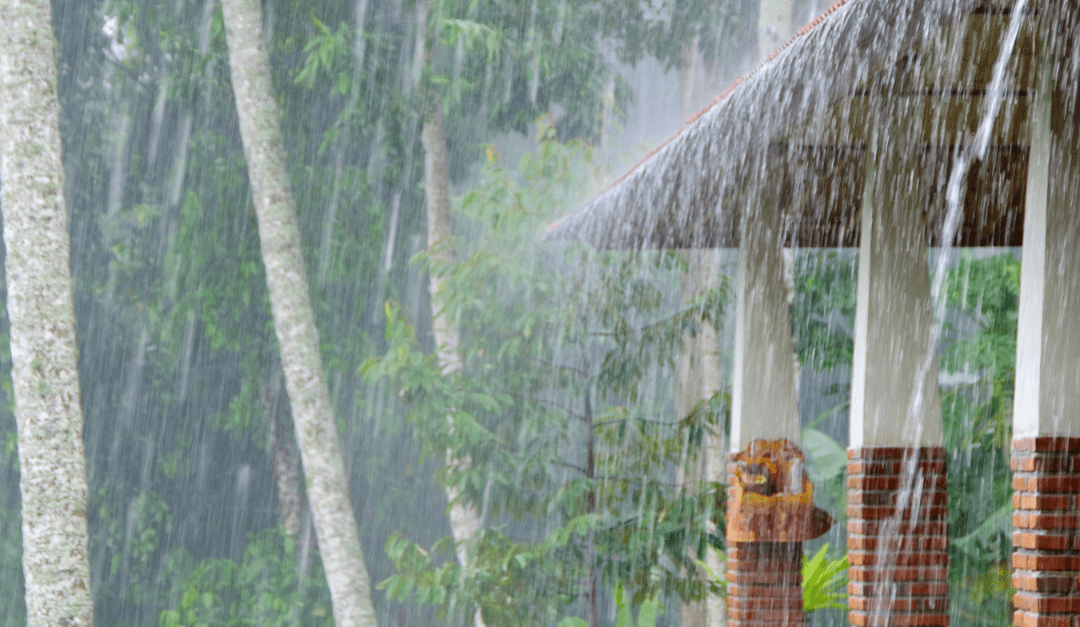
Miami, Florida is known for its beautiful beaches, lively city, and hurricanes! Unfortunately, hurricanes can bring in an influx of certain pest problems that can cause significant damage and be a nuisance. Check out the common hurricane pest problems that you could see after a storm and how to prevent them.
Check out the most common hurricane pests you could see after a storm which include:
Taking precautions before a hurricane or storm arrives is the best way to prevent hurricane pests from invading your home. Check out our top pest prevention tips:
If you’ve seen an increase in pest activity after a storm, it could be time to reach out to your local pest control company for a thorough inspection and treatment plan.
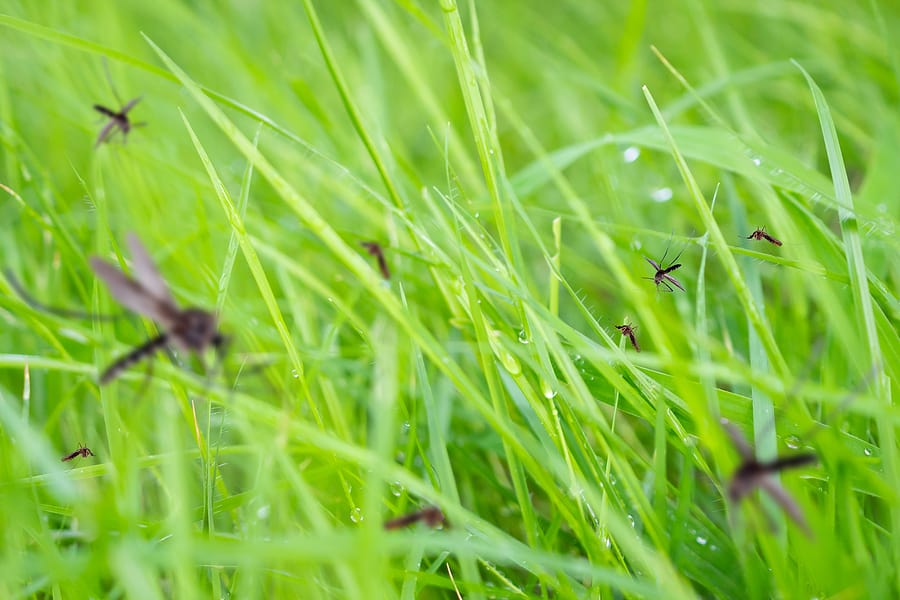
Florida springtime is a beautiful time of year, with warm weather and blooming flowers. Unfortunately, with warmer temperatures comes an increase in pest activity. Check out our list of common spring pests in Florida and how you can prevent them from invading your yard.
Ants are extremely small and are known to enter our homes through the smallest hole or opening. These pests are attracted to our food and water sources and can quickly become a problem if they invade in numbers. To prevent ants from coming to your home, it’s essential to keep it clean and free of crumbs and spills. After each meal, wipe down your counters, sweep up crumbs, and take the trash out regularly. Likewise, inspect the outside of your home and seal any cracks or openings in your foundation to prevent these spring pests from entering.
Termites, including drywood and subterranean, can cause significant damage to your home’s structure. These pests will typically swarm in the spring, so it’s important to keep an eye out for signs of infestation, such as discarded wings near windows or mud tubes near your home’s foundation. To keep termites from destroying your home, place all woodpiles and other wooden materials at least 20 feet away from your home. For extra protection, consider elevating the wood from the ground.
Florida’s weather is known for its humidity, high temperatures, and rain, which is the perfect environment for mosquitoes. These pests can be a major nuisance if they invade in numbers, especially during the spring and summer months. Mosquitoes breed in standing water, so it’s important to eliminate them around your home. Remove water from items such as flowerpots, old tires, pet bowls, and even bird baths. Likewise, these pests prefer to inhabit areas near shade. Make sure to keep your yard maintained by trimming shrubs and mowing your lawn frequently.
Like mosquitoes, roaches also thrive in warm and humid environments. These pests are looking for food and water to survive, invading our kitchens and bathrooms to look for it. To keep cockroaches at bay, keep your home clean and free of clutter. Clean up leftover food crumbs, mop on a regular basis, remove old newspapers, etc. Likewise, seal any openings in your home’s foundation, and store food in airtight containers. Inspect your bathroom and kitchen for any leaky faucets and repair them immediately.
Bed bugs are known to be year-round pests, but their peak activity is in the spring and summer months. These pests are typically found in hotels or other areas with high foot traffic or human activity. To prevent these hitchhiking pests, before you stay in a hotel room, inspect it thoroughly. Look for signs of infestation, such as blood stains on sheets or mattress seams. After returning from traveling, inspect your luggage and clothing for any signs of bed bugs before bringing them into your home. Wash your clothes in hot water and dry them in high heat, as bed bugs cannot withstand high temperatures.
Coming across these spring pests in South Florida can be inevitable but placing a few preventative measures throughout your home can help deter them away. If you notice more pests in your house than you can handle, consider contacting your local pest control company for support. These trained professionals can help identify the pest, provide a prevention plan, and treat areas where needed.
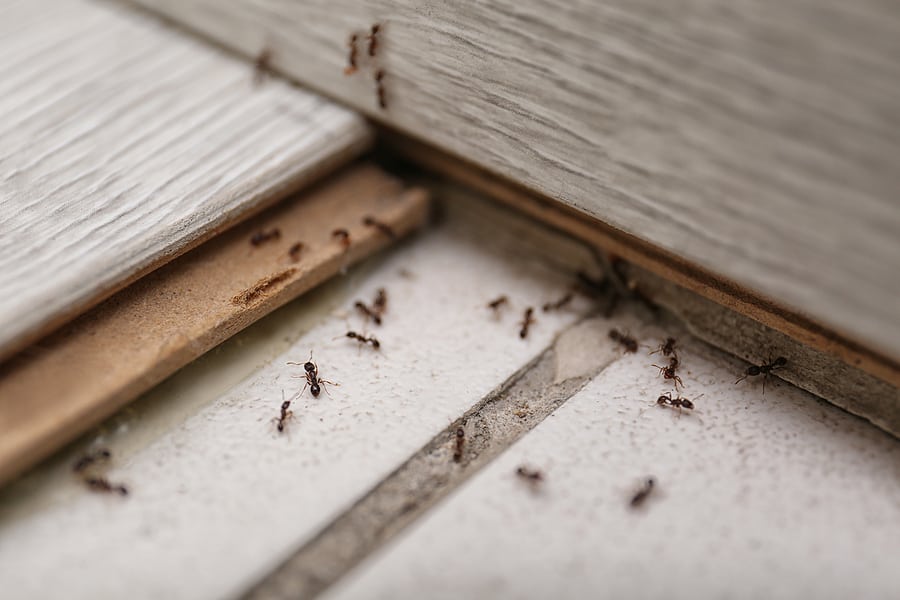
After the humid temperatures of summer, most of us are looking forward to a cooler climate as fall approaches. As we say goodbye to our summer pests, fall pests are quickly emerging. Often searching for a warm place to inhabit and an accessible food source, fall pests will invade your home if proper preventive measures are not in place. Check out our list of fall pests you should look out for, and some do-it-yourself prevention tips to avoid them.
There are several species of rodents looking to your home for shelter, including the house mouse, Norway rats, and roof rats. While these creatures have different characteristics, they each need a warm place to nest and a food source to survive. These creatures are often found in our attics, basements, crawl spaces, and kitchens. Preventing these creatures from entering homes starts with rodent prevention measures placed inside and outside the home.
Inspect your roof for any damage, including broken tiles or gaps under eaves, which can be an entry point for mice and roof rats to your attic. Likewise, utility pipes can have gaps; consider sealing around them with steel wool, caulk, or concrete. Rats like to inhabit where there’s clutter; make sure the less used areas and rooms in your home are clean and utilize plastic storage boxes with tight lids.
Sneaky, small, and often undetected, ants can become a major nuisance if they infest. These pests are attracted to warmth, food sources, and moisture. Commonly infested areas include bathrooms, kitchens, and our food pantries.
The first step in preventing ants from invading is sealing small gaps and holes around your home. These pests can fit into holes smaller than a dime, making it important to check throughout the home’s interior and exterior. Inspect windows, doors, and utility pipes that potentially have these openings. Clean up any leftover food, crumbs on the floor, and spills.
Known for being a year-round pest, seeing these pests inside your home is always alarming! While these creatures are looking for a food source and water, they can bring diseases into your home and trigger allergies and asthma attacks. Homeowners will usually find roaches in our bathrooms and kitchens.
The best way to avoid cockroaches is to identify how they got inside in the first place. Inspect areas where you’ve noticed they have infested before. Seal any noticeable cracks and crevices that lead from outside to inside your home. Roaches will utilize clutter and hide in it during the day, making it essential to clean out piles of old newspapers or magazines, cardboard boxes, paper bags, or other clutter in your home.
Dealing with a pest infestation is never ideal, especially during the busy months of the year. Consider contacting your local South Florida pest control company for an evaluation and treatment plan.
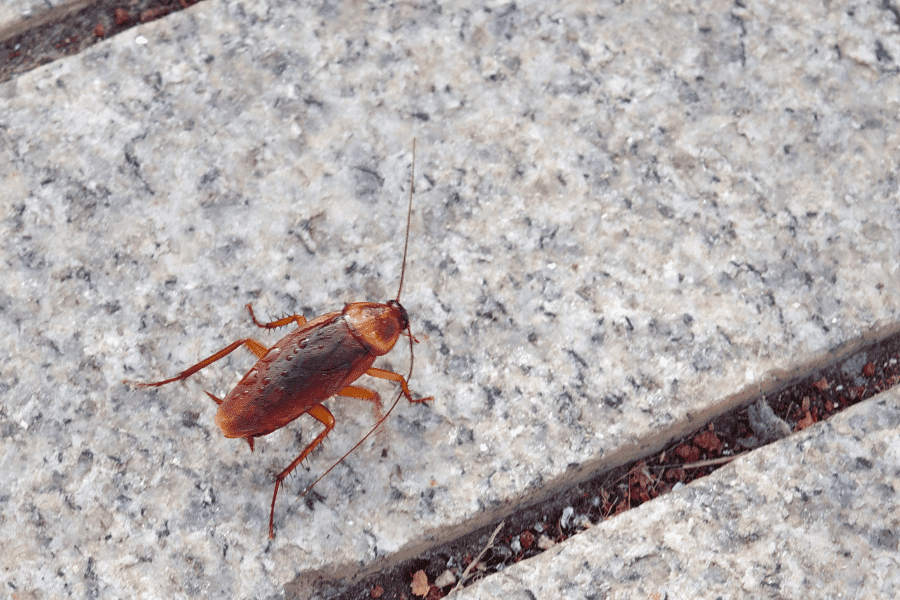
A lot of homeowners believe that a tidy home will keep cockroaches away, but that’s not always the case. Cockroaches can find themselves in the tidiest of homes and it’s due to the availability of food, water, and shelter. The sight of even just one roach in your home should raise some alarms. These pests can multiply quickly and seeing just one typically means more are hiding nearby.
The main reason you should be wary about cockroaches in your home is that they can carry bacteria on their bodies and feet. They tend to walk across various surfaces and can pick up many unwanted germs. They are also known to bring on allergic reactions and asthmas attacks.
If you begin noticing these signs of roaches, then it might be time to call your local pest control company. In the meantime, here are some simple cockroach prevention tips that will help lessen the chances of a roach infestation:
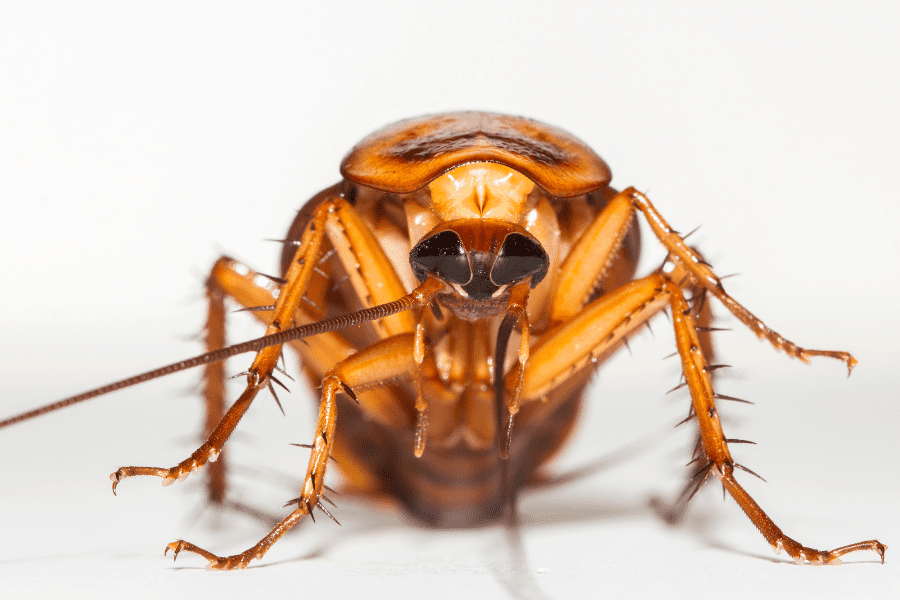
Having an influx of roach activity in your home is never ideal! Cockroaches are year-round pests and are known for their rapid rate of multiplying. The most common roaches found in Augusta homes include the American roach, German roach, and brown-banded roach. Once these roaches have invaded, it can be extremely difficult to get rid of them. Whether you see one roach, multiple roaches, or want to get ahead of the prevention game, consider these cockroach prevention tips below!
To survive, roaches need water and food, typically looking to our homes to search for both. The best way to discourage them from entering is to eliminate their food and water sources. After you’ve cooked or had a meal, it’s important to clean up all the dishes, washing them and putting them away instead of leaving them out at night. Likewise, clean up any leftover spills and crumbs from your meal as soon as possible. Don’t forget to clean your appliances too, as well as wiping down your stovetop, as roaches prefer areas with warmth and the likelihood of spilled food.
Using their small bodies, roaches will enter homes through the smallest gap, hole, or crevice. At least once a year, consider inspecting your windows, doors, foundations, roof, attic vents, crawlspace vents, and even electric, gas, and plumbing lines for points of entry. A good rule of thumb is if you can see daylight shining in, roaches can get inside! Utilize caulk to seal smaller holes and steel wool or foam for larger holes. Consider utilizing a chimney cap and attic vents too.
Moisture provides roaches with a reason to infest, making it essential to eliminate it. These pests only need a small amount to survive. While you’re inspecting for roach entry points, make a note of any leaking faucets, sinks, or pipes and repair them as soon as possible. Likewise, don’t forget to check behind appliances like your refrigerator for excess moisture. Also, consider enclosing your crawlspace to help control moisture underneath your home.
While placing preventative measures around your home can deter roaches away, sometimes it’s best to call a professional for some extra help. If you’ve noticed roaches on your property or are looking to prevent them before they infest, consider contacting your pest control company. These professionals can thoroughly inspect your home, identify the type of cockroach present, identify areas of entry, and provide you with the best treatment and prevention options!